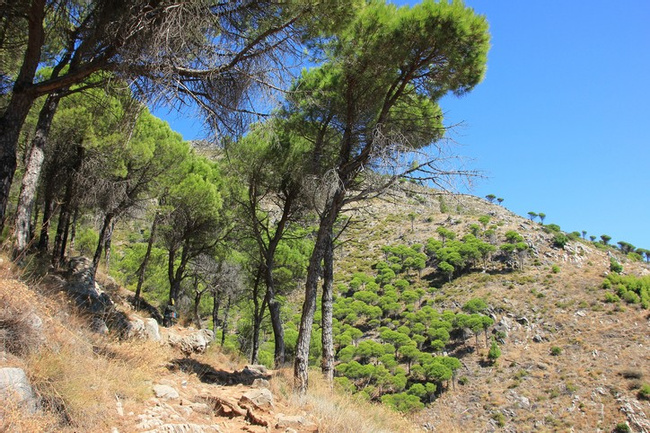Spanish cedar (Cedrela odorata)
The tall, deciduous Spanish cedar has gray or brown bark. The flowers vary from white to cream to green. They are tubular, and grow in small clusters. Parts of the tree smell garlicky, including the flowers, which attract pollinating moths. In countries from Central America, the tree flowers in early wet season and fruits in the dry season.

More about Spanish Cedar
Spanish cedar fruits are a warm, speckled brown. The hard, woody capsules are dehiscent, meaning they open when they are ready for dispersal. Squirrels eat the fruits, and when the seeds dry out, blackbirds and bronzed crowbirds go after them. The seeds are winged, brown, and one inch long. Parts of the tree are also used as folk remedies for several ailments.
As a species, the Spanish cedar is vulnerable, or near endangered status. This is one of many species of tree that has been over-exploited in Central America for the last 200 years for their attractive and lucrative wood. The wood has a pink-red hue resembling that of true cedar, hence the tree's common name. Spanish cedar has wood that is resistant to insect activity and rot, and is popular to use for construction.